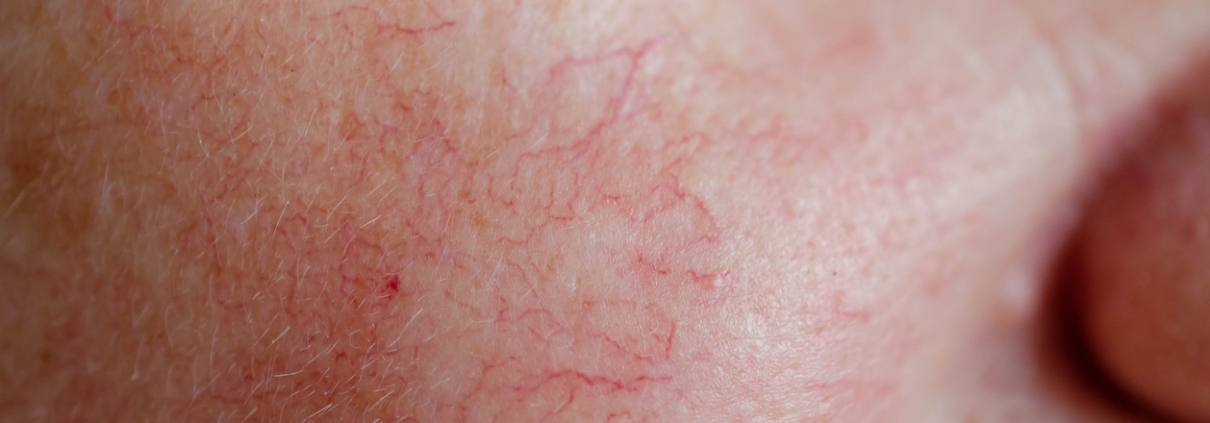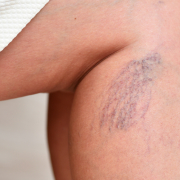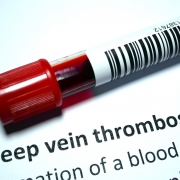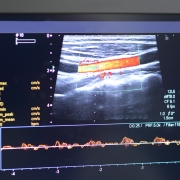Types of Vascular Diseases
Vascular diseases are conditions that affect the arteries, veins, and capillaries. Whereas arteries bring oxygenated and nutrient-rich blood to the various cells of your body, veins bring the depleted blood back to the heart for refortification.
In the adult human body, there are close to 100,000 miles of blood vessels – which could stretch across the Earth’s circumference four times! The biggest dangers of vascular disease affecting this intricate network of blood vessels have to do with fat buildup along the inside walls and compromised integrity of the vessel walls themselves.
Common Vascular Diseases
A few of the most common types of vascular diseases include the following:
High Blood Pressure
Excess force of blood against the artery walls is high blood pressure, or hypertension. High blood pressure is one of the most common types of vascular disease, affecting more than 100 million people in the United States according to the Centers for Disease Control and Prevention (CDC), a division of the U.S. Department of Health & Human Services (HHS).
When blood pressure is too high, it can lead to serious health problems such as heart disease and stroke. Most people who have hypertension do not exhibit any symptoms, which is why it is so important to have your blood pressure checked regularly. If you do have high blood pressure, your doctor can prescribe medication that can help to reduce the pressure.
Chronic Venous Insufficiency
Our veins have little valves that help push the “used” blood back to the heart. When these valves weaken or stop working, blood can pool in that area of the vein or may even allow the blood to flow backward.
This vascular condition is called chronic venous insufficiency, and it can cause varicose veins. The danger is that it can also cause dangerous blood clots and skin ulcers.
Stroke
A stroke occurs when blood supply to the brain is blocked, thereby preventing the brain from receiving needed oxygen – and the brain cells immediately begin to die. The way to remember signs of a stroke is the acronym FAST:
- Face drooping on one side
- Arm weakness
- Speech difficulty
- Time to call 911!
Abdominal Aortic Aneurysm
An abdominal aortic aneurysm occurs when a weak section of the aorta protrudes in the abdomen. The aorta is the primary artery of the heart.
There are usually no symptoms associated with an aortic aneurysm, though some people may experience discomfort in the abdomen, chest, back, or side. It can cause a pulsating feeling near the belly button. Tingling in the feet and hands might occur, and the feet and hands may also feel cold.
It is usually caused by atherosclerosis (hardening of the arteries), high blood pressure, or smoking. If an aneurysm bursts, it can be a life-threatening condition.
Carotid Artery Disease
The carotid artery is a main artery that carries blood from the heart to the brain through the neck. Carotid artery disease is caused by the buildup of plaque within the artery, causing it to become narrow. The plaque buildup may create a blockage, which places the person in danger of having a stroke.
Vein Specialist in Liberty, MO
Our medical team here at Missouri Vein Specialists treats vascular diseases and other problems that affect the circulatory system. Dr. Scott Darling will diagnose and treat your condition, whether it is due to an underlying disease or due to an aspect of your lifestyle.
For more information or to schedule an appointment with Dr. Darling, contact our friendly staff today by calling us at (816) 792-3400. You can also fill out our easy-to-use online appointment form now. We look forward to helping you stay healthy!












